Butterfly gardens serve dual purposes by providing habitats for these beautiful pollinators and creating vibrant, dynamic spaces for human enjoyment. Butterflies not only offer aesthetic pleasure; they play a crucial role in pollination. By starting a butterfly garden, you promote biodiversity, support ecosystems, and enjoy the enchanting presence of fluttering wings in your backyard.
Selecting the Right Location
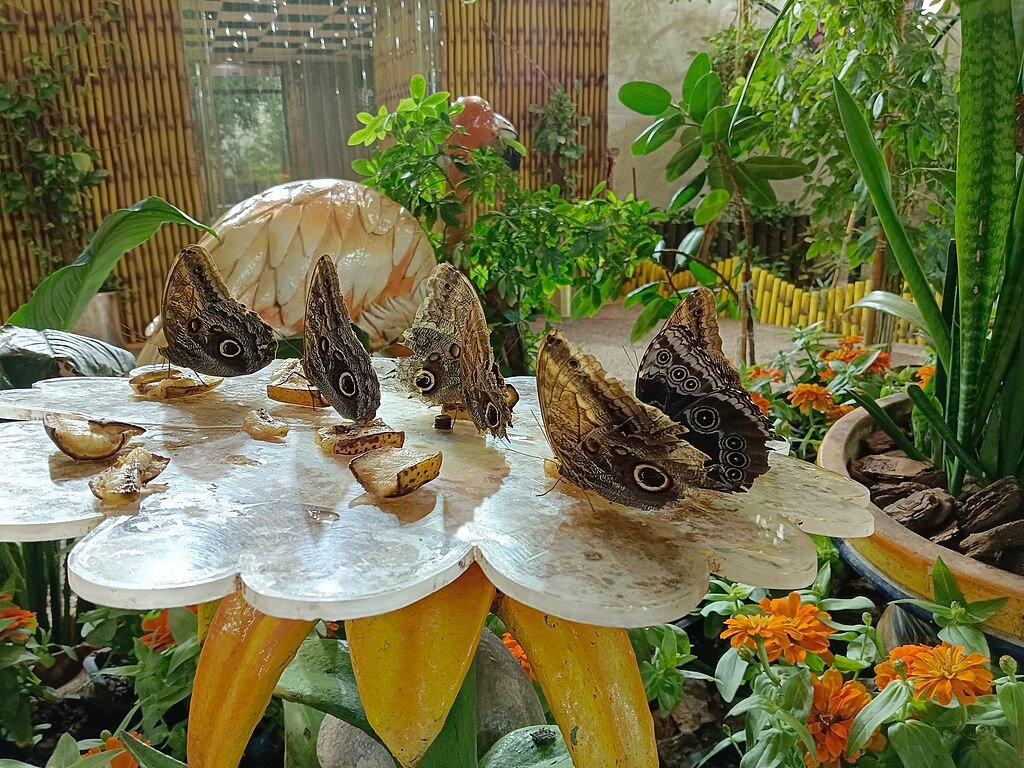
Choosing the correct spot for your butterfly garden is vital. Ideally, the area should get plenty of sunlight, as butterflies are cold-blooded and rely on the sun to regulate their body temperature. Aim for at least six hours of direct sunlight daily. Sheltered spots shielded from strong winds create optimal environments for butterflies to feed and rest. Additionally, proximity to water sources can enhance your garden’s appeal, as butterflies appreciate having nearby water for hydration.
Choosing the Right Plants
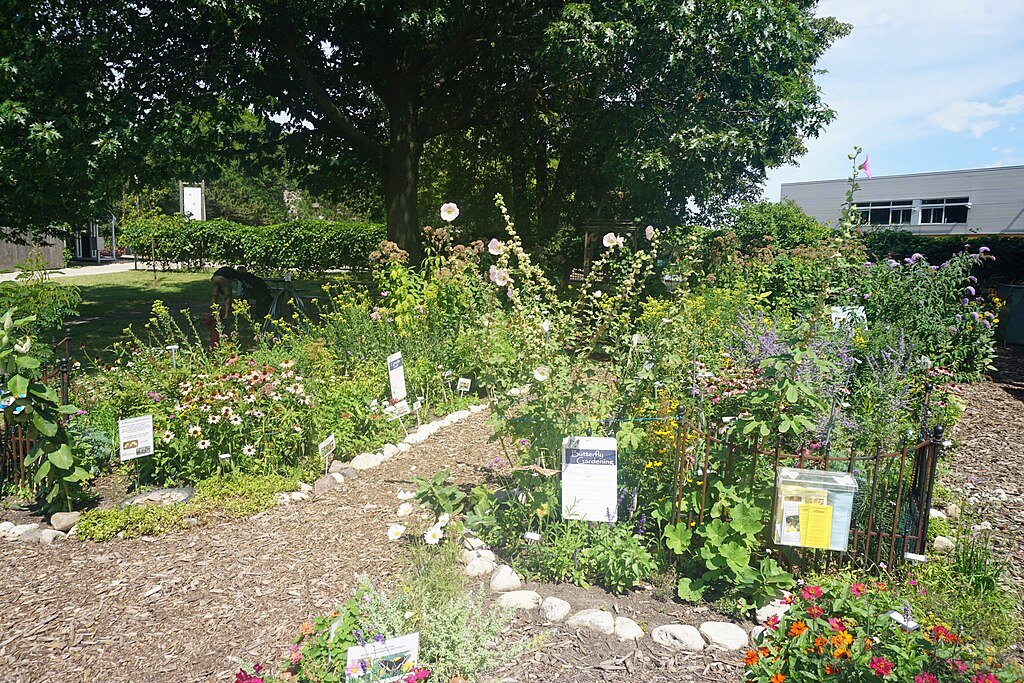
The key to creating a thriving butterfly garden lies in plant selection. Native plants are ideal, as they more effectively attract local butterfly species. It’s essential to include both host and nectar plants to support all stages of the butterfly life cycle. Host plants provide food for caterpillars; for instance, milkweed is famous for attracting monarch butterflies. Nectar plants support adult butterflies, with popular choices including coneflowers, lantanas, and zinnias.
Creating a Garden Design
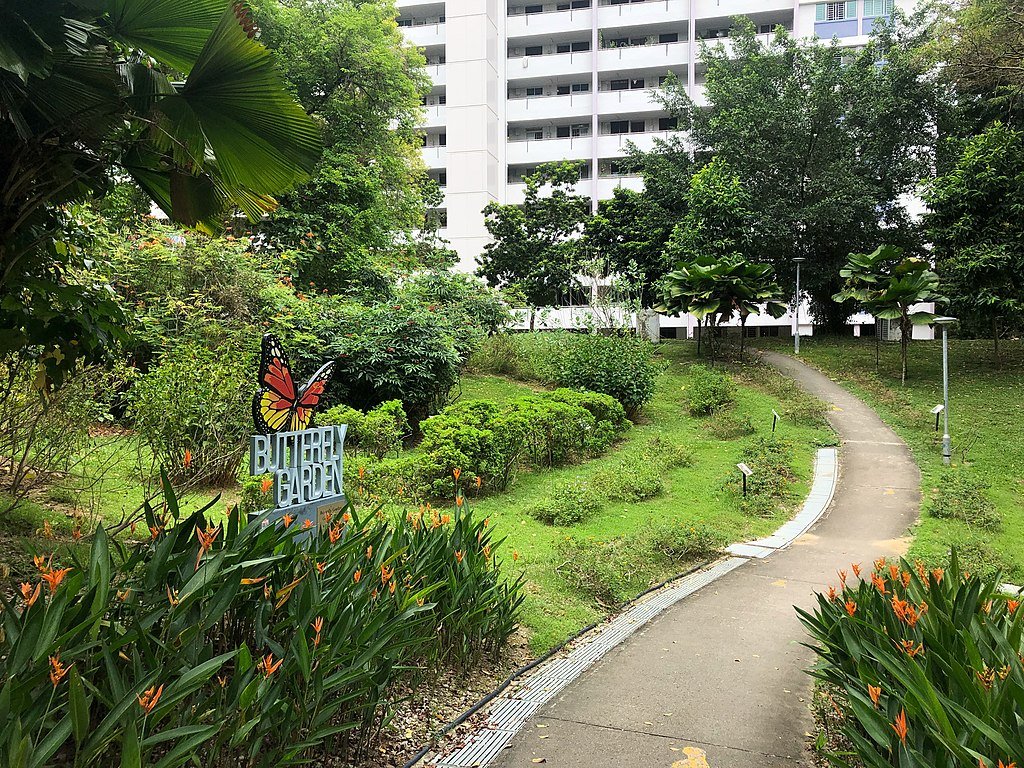
Designing your garden with a variety of heights, colors, and bloom times will attract diverse butterfly species. Group similar plants together to create swaths of color that are easily visible from the air. Butterfly gardens should blend aesthetically with their surroundings, so consider the existing landscape when planning your design. Including structural elements such as stones, logs, or small water features can enhance the garden’s attractiveness, offering perching and drinking opportunities for butterflies.
Providing Additional Features
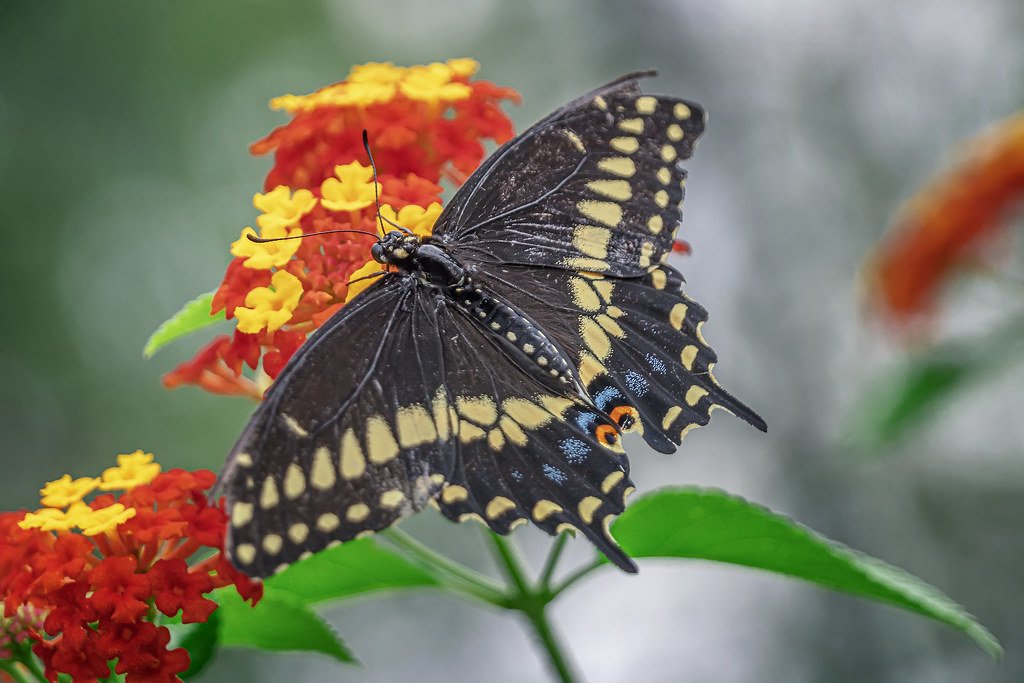
While plants are the primary attraction, adding complementary features can transform a simple garden into a sanctuary for butterflies. Consider adding flat stones for sunbathing; butterflies often rest here to absorb necessary warmth. Shallow dishes with water or mud provide essential minerals and hydration. Avoid using pesticides, as they can harm butterflies at all life stages and reduce your garden’s ecological health.
Maintaining Your Butterfly Garden
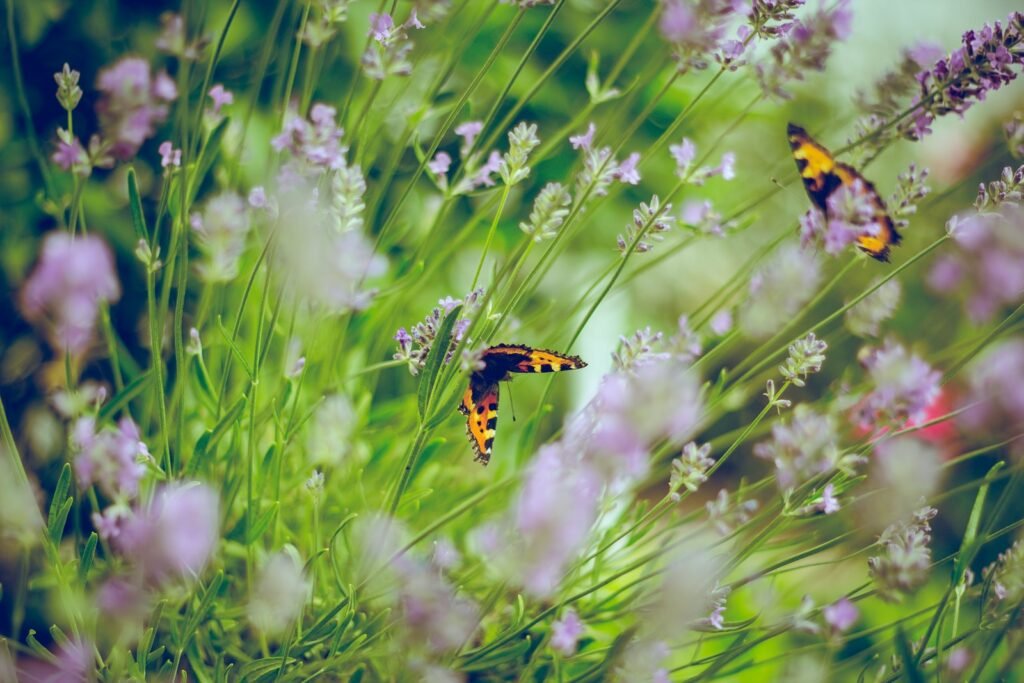
Regular maintenance will keep your butterfly garden flourishing season after season. Water your plants according to their needs, ensuring that both flowers and foliage remain vibrant. Deadhead spent blooms to encourage new growth and prolong blooming periods. Document the types of butterflies visiting your garden to understand which plants are most effective and consider adjusting your plant selection for increased diversity over time.
Engaging with the Butterfly Community
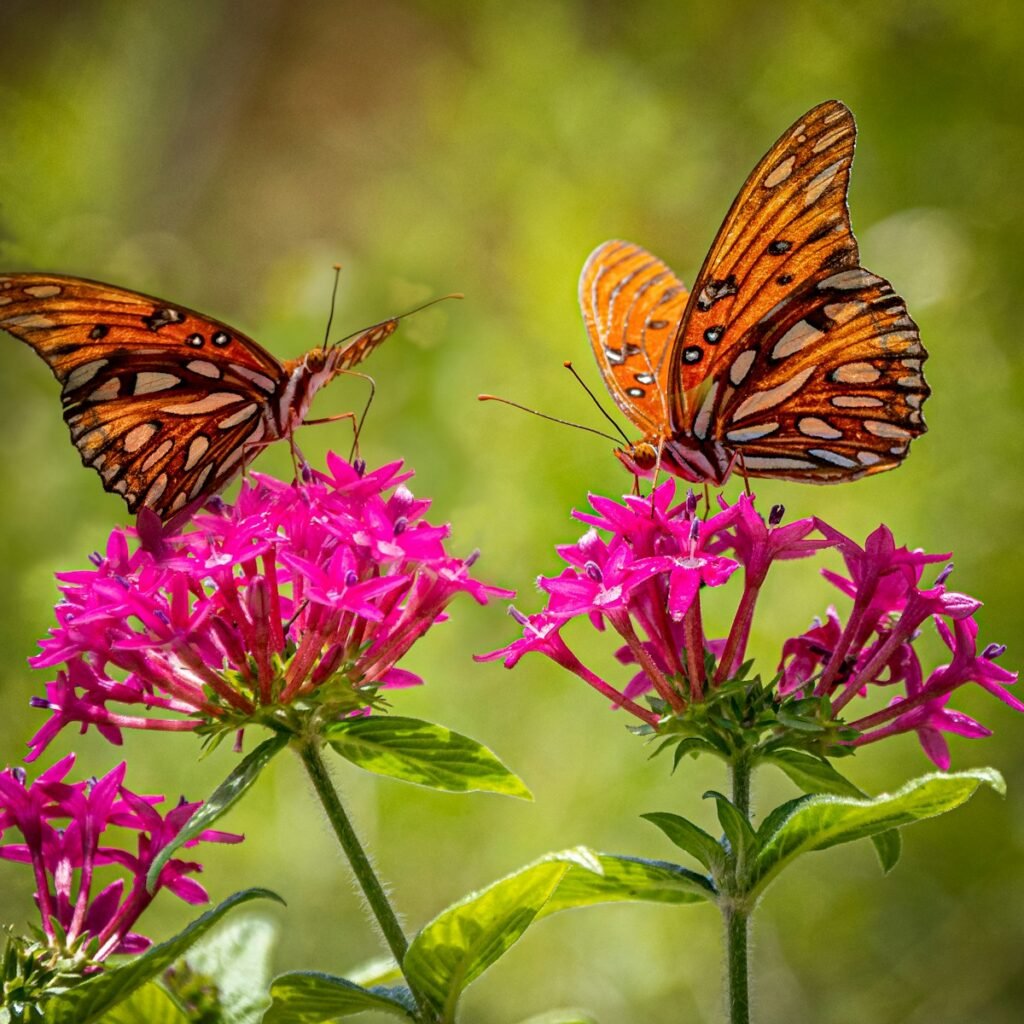
Your butterfly garden can become a learning tool and a source of inspiration for others. Participate in local butterfly counts or citizen science projects to contribute to conservation efforts. Join gardening clubs or online forums to connect with fellow enthusiasts, exchange tips, and discover new plant varieties. Sharing your experiences can motivate friends and neighbors to start their own butterfly gardens, creating pollinator-friendly networks within your community.
Conclusion: Enjoying the Rewards
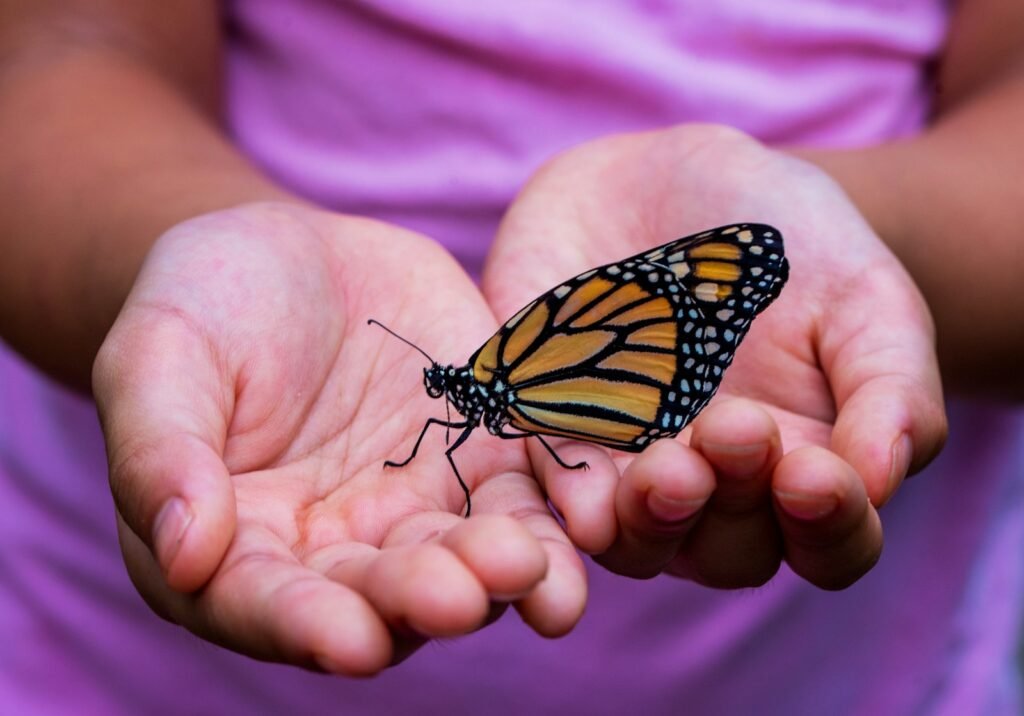
A well-planned butterfly garden not only enhances your property but also supports essential pollinators crucial for a healthy ecosystem. By creating this sanctuary, you contribute to conservation efforts and experience the joy of watching butterflies throughout the seasons. The flutter of wings, the vibrant colors of blooms, and the knowledge that your efforts sustain life make this gardening endeavor profoundly rewarding.




